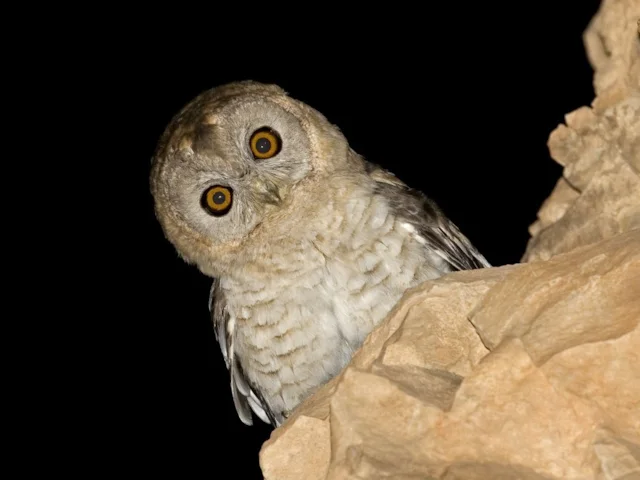Examining the type specimen of Hume’s Owl Strix butleri, a study has found that all known specimens except the type – that is, the first one from which the species was named – differ enough from the type to be described as a new species.
However, the recent description of a new species of owl from Oman (S omanensis – see Birdwatch 257: 8) from photos and vocalisations rather than a specimen has complicated the issue. The authors consider there to be enough similarities between ‘Omani Owl’ and the type specimen of Hume’s Owl for them to be the same species. The location where the type specimen was collected is unconfirmed, though it may have been in Arabia rather than Pakistan, as previously thought.
The team tentatively describe the known specimens of Hume’s Owl as a new species, while the type stays as it was, with the possibility that ‘Omani Owl’ is synonymous with it. The authors propose the scientific name S hadorami for ‘Desert Tawny Owl’, the new species, after Birdwatch Advisory Panel Member Hadoram Shirihai, who in 1985 first noticed that the type specimen was different from the others.
Reference
Kirwan, G, Schweizer, M, and Copete, J L. 2015. Multiple lines of evidence confirm that Hume’s Owl Strix butleri (A O Hume, 1878) is two species, with description of an unnamed species (Aves: Non-Passeriformes: Strigidae). Zootaxa 3904: 28-50.
Desert owls get complicated
b96f96ad-8221-4a0b-b7f1-26884edb6a82


